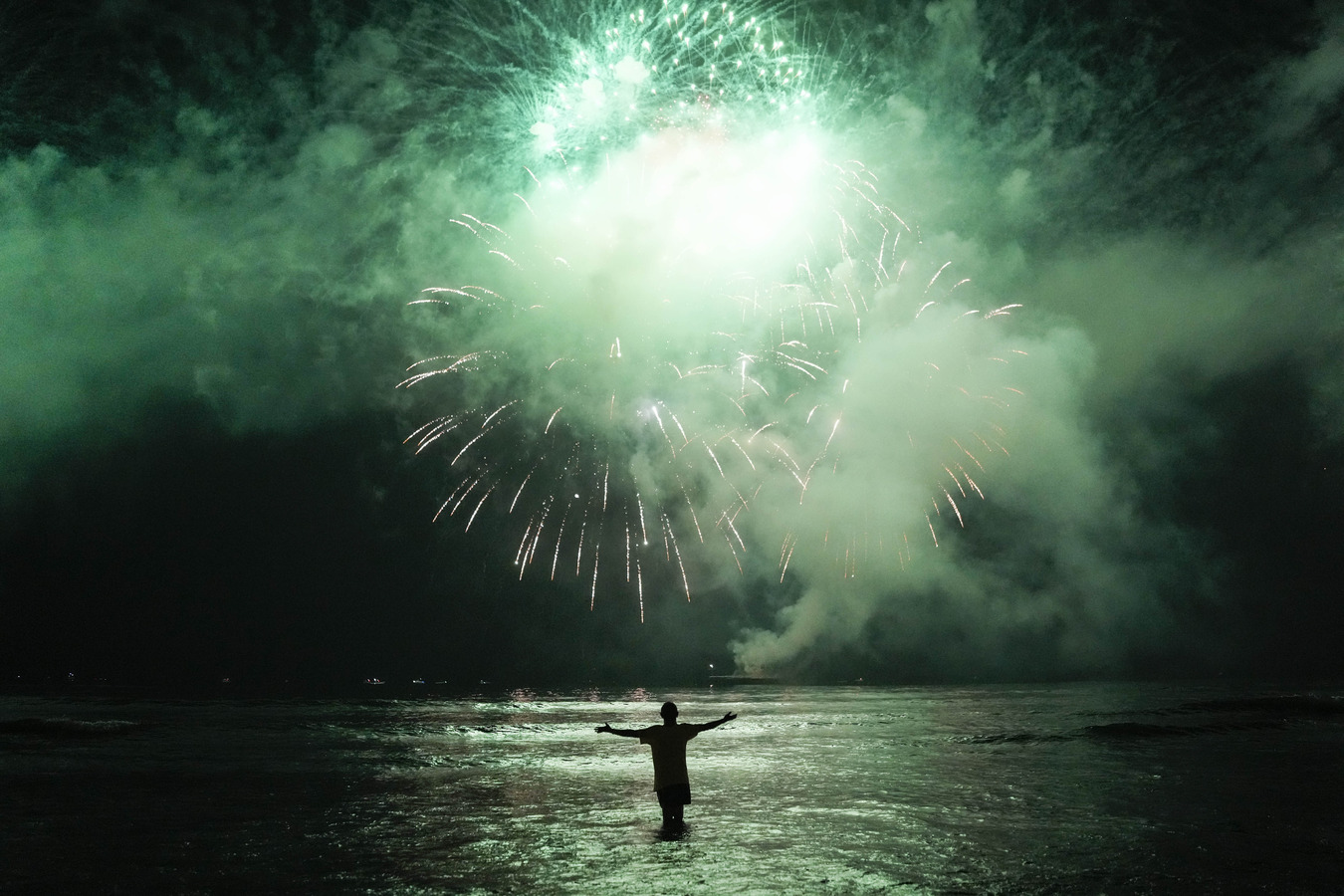Costa Ricans Choose Chinchilla and Continuity
Costa Ricans Choose Chinchilla and Continuity
The president-elect is expected to maintain pro-business and pro-free trade policies while ramping up the fight against crime and narcotics trafficking.
Laura Chinchilla was elected
The vote reflects a desire among Ticos (Costa Ricans) for “change within continuity,” as political analyst Constantino Urcuyo describes it. Change, in the sense that she’s a fresh face in a line of decades of male leaders. Continuity because her platform promises to stay the course set forth by Arias: favoring free trade and pro-business initiatives while bolstering longstanding social-democratic institutions, like Costa Rica’s coveted socialized health care system.
Chinchilla, of the National Liberation Party (PLN), ran on the slogan “Laura: Firme y Honesta” (many candidates campaigned on a first name basis), and her platform followed the traditional center of Costa Rican politics. Costa Ricans hope Chinchilla’s credentials, having served in the 1990s in the Public Security Ministry, first as vice minister and then as minister, will prove to be sufficiently firme (firm) in cracking down on rising crime. She has pledged to beef up and better train the police force and increase security spending by as much 50 percent. In a sign of ingenuity when state coffers have shrunk, Chinchilla is betting on a possible new casino tax—pending lawmakers’ approval—to help finance this.
Read the full text of this web exclusive at www.AmericasQuarterly.org.
Alex Leff is based in








